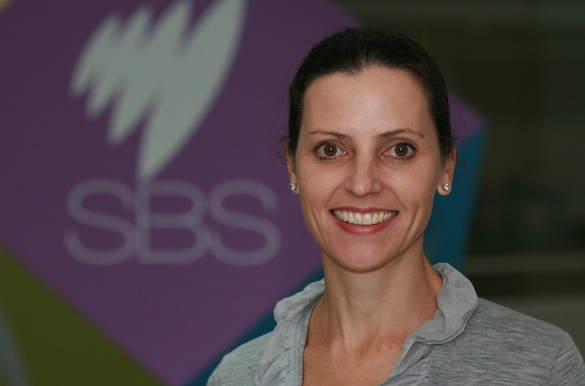SBS today released a new Radio Schedule to be launched on-air in April 2103.
It includes six new languages, more programming for language groups that have grown significantly during the past 18 years and a new digital-only schedule for 21 languages.
The new Radio Schedule brings the languages broadcast on SBS’s analogue radio service in line with Australia’s demographic of 2012.
The last major review of the SBS Radio Schedule was more than 18 years ago in 1994, and during that time Australia’s social composition has changed significantly.
The relative size of some languages spoken has changed and new languages are being spoken in Australia as a result of fluctuating migration patterns.
To accommodate these new languages SBS will create a new digital radio channel, which will also be available via digital TV, online and mobile apps.
SBS will continue producing content in all languages on the current radio schedule. The total number of language programs on the new SBS Radio Schedule will increase from 68 to 74, and SBS will continue to be the most multilingual radio broadcaster in the world.
For the first time SBS will deliver news and information in Malayalam, Dinka, Hmong, Pashto, Swahili and Tigrinya. The program hours for many of SBS’s existing language programs such as Mandarin, Cantonese, Hindi and Punjabi will increase substantially to cater for the growing number of people speaking those languages in Australia today.
SBS Audio and Language Content Director Mandi Wicks (pictured) said: “The revised schedule will enable SBS to better deliver on its Charter obligations by better servicing the largest communities with culturally and linguistically diverse backgrounds, and offering more services to emerging high-needs communities.”
The new SBS Radio Schedule was developed using a language selection criteria supported by 2011 Census data.
In April 2012, SBS Radio released for public consultation the proposed Selection Criteria which outlined how languages would be determined in a review of the radio schedule.
Almost 1200 submissions were received during the public consultation and considered carefully in determining the final Selection Criteria. The final Selection Criteria for Analogue (AM/FM) Radio is:
Large Languages Criteria: population of approximately 20,000 or greater.
High Needs Languages Criteria:
- Threshold requirement – population must be greater than 1,000
- English language proficiency (weight = 40%)
- Recentness of arrival (weight = 30%)
- Ageing (weight = 15%)
- Household resources and unemployment (weight = 15%)
SBS may also include a sizeable ethnic community if its needs are significant but not adequately captured in the Large Language or High Needs Selection Criteria.


"SBS today released a new Radio Schedule to be launched on-air in April 2103." Wow, SBS move fast!